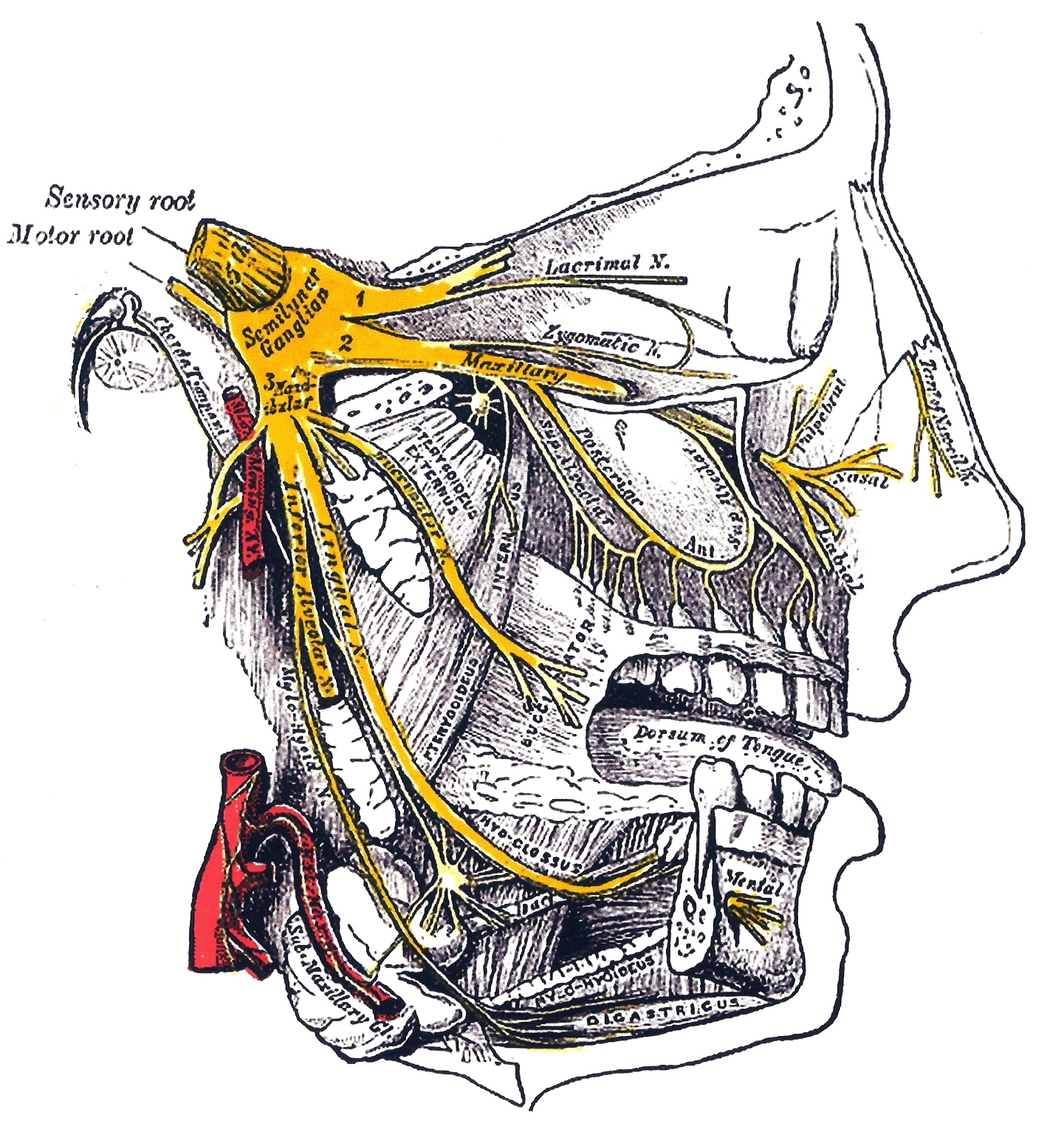On September 21st, Oilers Center Sam Gagner sustained a broken jaw after being hit in the face from a reckless swinging stick by Canucks forward Zach Kassian. After making a pass, Gagner dodged Kassian's attempted check, which resulted in Kassian coming to a spinning stop with his arms and stick elevated, causing it to connect with Gagner's face.
THE INJURY
Sam Gagner tweeted out this gruesome picture of himself showing the severity of his jaw injury:
Jaw fractures are frustrating, difficult injuries to deal with. The lower jaw/jawbone - the mandible - is an important but complex bone.
The mandible holds and supports all of your bottom teeth in place. Not only that, the mandible holds important cranial nerves. The trigeminal nerve, the fifth and largest cranial nerve, is responsible for sensation in the face and motor functions such as biting and chewing. The trigeminal nerve has three major branches, one of them being the mandibular nerve. The mandibular nerve then branches off itself, innervating several important muscles, the inside of the cheek, the teeth, the skin, the lower lip, and chin. The branches of the mandibular nerve including the inferior aleveolar nerve, provide sensation to the teeth and bottom lip.
Importantly, the mandibular division of the trigeminal nerve, innervates muscles such as the masseter, one of the muscles of mastication (chewing).
Trigeminal nerve, shown in yellow (http://en.wikipedia.org/wiki/Trigeminal_nerve)
TREATMENT
The first step after a mandibular fracture would be to give start the patient/player on an antibiotic regimen to prevent infection. Pain medication would also be prescribed. After examination of the fracture and physician evaluation, the next treatment path would depend on the severity of the break. There are three common treatments for broken jaws:
1. No treatment, no surgery: If the fracture is minor, bones haven't been displaced, and important muscles and nerves haven't been damaged or misaligned, no treatment is necessary. Of course, the jaw needs to be protected in some fashion, so the doctor would determine a plan for recovery including which foods to eat, jaw stretches without straining the muscles, and first and foremost; rest.
2. Mandibulomaxillary fixation (MMF) or Closed Reduction: Quite possibly the most miserable forms of treatment, as the jaw is wired shut for four to six weeks. You can't eat solids, brush your teeth, you have difficulty breathing and it's incredibly uncomfortable. MMF remains a choice for non-displaced fractures (bones aren't displaced/shifted) and severe fractures where the bone is shattered and needs to be held together/in place. There are several techniques to providing mandibulomaxillary fixation (MMF), but the most common is the use of arch bars. Arch bars are metal bars that follow the regular contour of the jaw and are held on by wires anchored to the teeth. Example shown below:
3. Open reduction and internal fixation (ORIF): Open reduction involves surgery at the fracture site in order to place internal fixation to prevent movement of the fracture site. ORIF is often used in displaced fractures and when the patient wants a quicker recovery.
The surgery involves placing placing titanium plates to repair the fracture. Incisions are either inside the mouth or outside the jaw on the skin. During the surgery, the surgeon cleans the fracture line and meticulously places plates and screws in optimal positions so as not to damage the teeth or the jaw's sensory nerves. The wound is then closed and the patient's jaw will usually be able to function either immediately or within a week. The surgery is complicated because the surgeon must be precise in the configuration of the titanium plates and screws.
RECOVERY
The recovery period usually lasts about 4 to 6 weeks. Patients are encouraged to stay on soft foods. This can be particularly troubling for athletes because you lose a significant amount of weight when you're only eating a liquid diet. Strong mouthwash, antibiotics and pain medication are also often prescribed.
Athletes are limited to light workouts. So while the jaw may heal in 4 to 6 weeks, expect Gagner to be out six to eight weeks in order to regain his overall strength.




"...so you're saying it is an upper body injury then?" - Don Cherry
ReplyDeleteI picked him in my hockey pool... I hope he comes back strong with big numbers!!! heal up though, no more injuries...
ReplyDeleteTo get more information about laser hair removal in gurgaon.visit http://www.skindelhi.com/permanent_hair_reduction.html
ReplyDeleteI here because of self dissection of manibublar region... thank you bridgitte and heder disektsiote. lol
ReplyDeleteSelf dissection?
DeleteSounds great...
Veery creative post
ReplyDelete